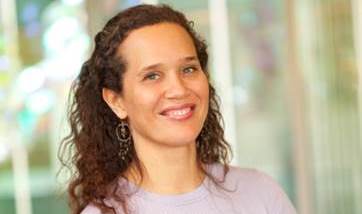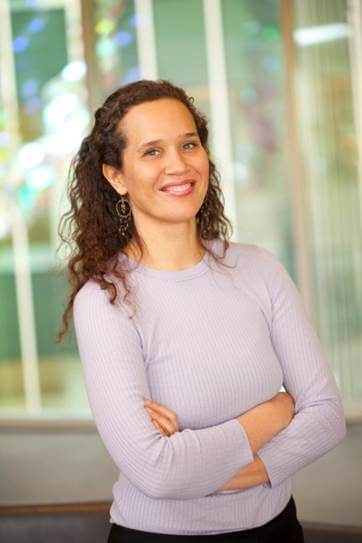
Aug 01, 2017
Understanding Unconscious Bias Can Promote Health Equity
This post has been updated with a link to the July 26 webinar.

Kupiri Ackerman-Barger is assistant clinical professor and co-director of the Interprofessional Teaching Scholars Program at the University of California, Davis, Betty Irene Moore School of Nursing, and an adviser to the Campaign for Action Diversity Steering Committee.
The nursing profession has long emphasized its commitment to social justice and health equity. Nurses are known for advocating policies and regulations that are inclusive and lead to positive patient outcomes. However, an essential component of promoting health equity is acknowledging our individual unconscious biases and understanding how they may impact the care that we provide. Unconscious bias (also known as implicit bias) refers to the beliefs and prejudices we hold that reside outside of our awareness. Acknowledging and unpacking one’s own unconscious biases can be troubling, especially when these unconscious biases do not align with our conscious value systems.
In the context of health care, unconscious bias can lead to health disparities such as the under treatment of conditions like pain, cardiovascular disease, asthma and mental health in racial and ethnic minorities. One of the things that accounts for health disparities is unconscious bias in health care providers. Not only does unconscious bias contribute to under-treatment, but studies have shown that providers with more implicit biases are more likely to have negative interactions with patients. This impacts trust and the likelihood that patients will seek health care.
In “Everyday bias: Identifying and navigating unconscious judgments in our daily lives,” Howard J. Ross pointed out that unconscious bias is part of being human and we all have it. The human brain must process enormous amounts of information in every moment. In order to do this efficiently our brains create schema to help us process information. In our social behavior we tend to categorize others into categories such as gender, age, and race/ethnicity. However, this process can lead to stereotyping and unconsciously processing and storing information about groups of people that may not be true. This is the basis of the Implicit Association Test (IAT). The IAT is a free computer based test designed to measure the strength of positive or negative associations with groups of people. This is a tool that can begin the introspection process which is essential for unpacking our individual unconscious biases.
Neuroscientists suggest that we cannot undo our unconscious biases. However, because of the neuroplasticity of the brain it is possible for humans to create new connections and processes for understanding information. Thus, the researchers who created the IAT encourage individuals to “focus on strategies that deny implicit biases the chance to operate” rather than trying to eliminate bias. Ross (2011) suggests that we can learn to disengage from bias when we:
- Recognize that bias is a normal part of the human experience
- Develop the ability to self-observe
- Practice constructive uncertainty
- Explore awkwardness or discomfort
- Engage with people from groups you do not know well or about whom you harbor biases
- Get feedback and data
Ackerman-Barger led a webinar July 26 about how unconscious bias affects nurses and others.
